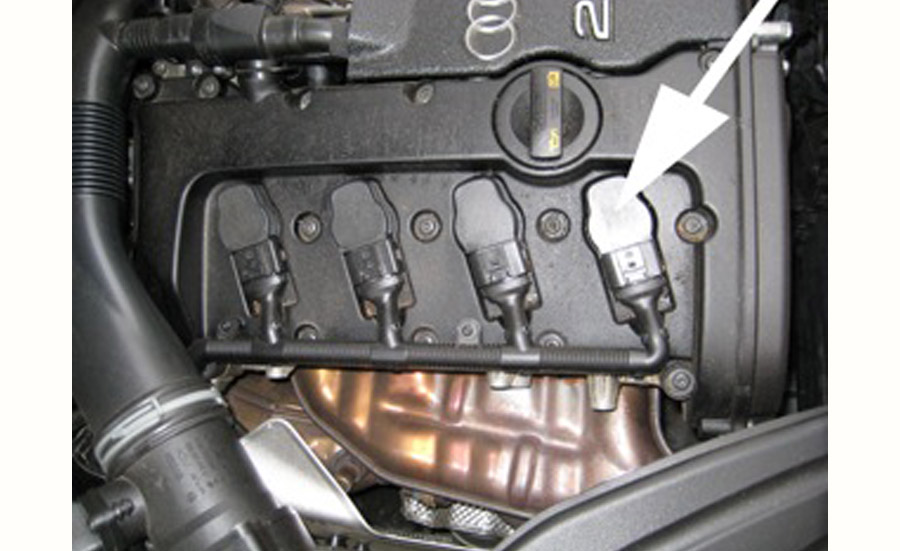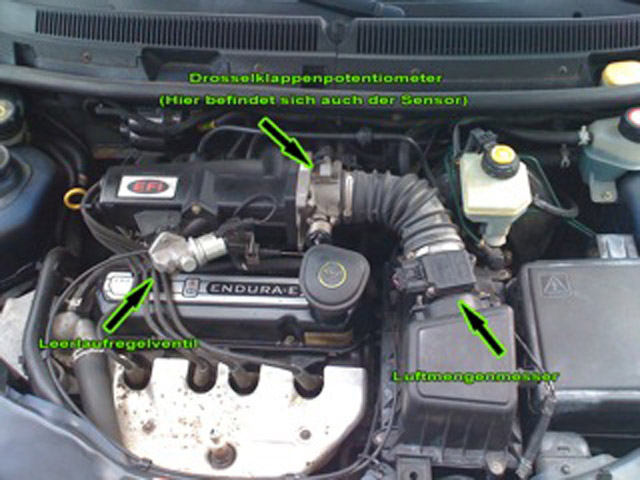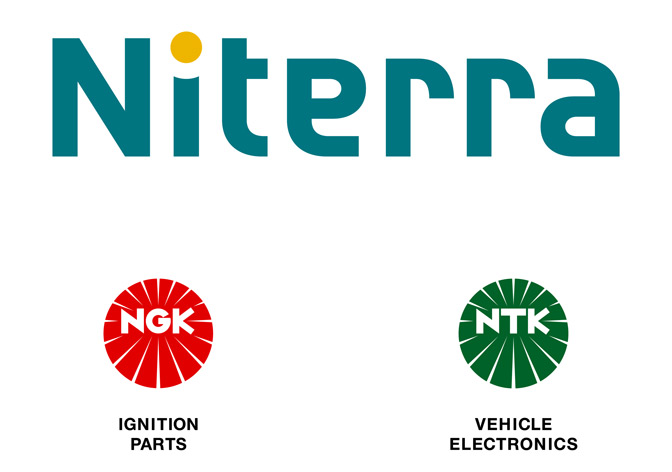Ignition modules
In order for a petrol engine to function, an ignition spark must be generated between the electrodes of the spark plug at the correct point in time in order to ignite the petrol/air mixture compressed by the piston...
Safety
The primary current for the ignition coil can be 10 A or more. The electronics in the ignition module, which switch this current on and off, become very hot due to this high current (power loss). Therefore, all ignition modules have cooling surfaces or even heat sinks made from aluminium. Ignition modules should never be put into operation without the designated cooling measures, not even during testing. This would very quickly result in the electronics overheating and self-destructing.
Ignition modules which are screwed along with their cooling plates onto the chassis of the vehicle or other cooling plates should always be coated with a thermal heat sink paste in order to ensure optimum heat transfer. The plug connectors to ignition modules and ignition coils must always be clean and free from corrosion. Otherwise, contact resistances can cause malfunctions or even cable fires.
Note: Please only ever swap modules with matching reference numbers one for the other. Even if the housing and the plug connector, including the number of contacts, are the same, the electronics inside the module might be different.
Function

In order for a petrol engine to function, an ignition spark must be generated between the electrodes of the spark plug at the correct point in time in order to ignite the petrol/air mixture compressed by the piston. This ignition spark must have sufficiently high energy. Depending on requirements, voltages between approx. 28,000 V and approx. 35,000 V are necessary to generate sparking between the spark plug electrodes. However, as the battery in a passenger car only has a voltage of 12 V, the high voltage required must be generated by means of transformation. This function of transformation from 12 V to the necessary high voltage is performed in the vehicle by an ignition coil /an ignition transformer.
Function of the ignition module
An ignition module, for example, is needed to control this process. The function is relatively straightforward.
The ignition coil has a primary winding (small number of turns) and a secondary winding (lots of turns). The turn ratio between primary and secondary winding determines the level of the voltage generated at the output. If the primary winding of the ignition coil is connected to the in-car 12 V battery voltage via a switch, a current will flow through the primary winding, creating a magnetic field in the ignition coil that acts on the secondary winding. If the switch is opened again at this point, no more current can flow via the primary winding.
The energy (which is now stored inside the ignition coil as a magnetic field) looks for a balancing element and generates a high voltage in the secondary winding which is high enough to overcome the air gap between the spark plug electrodes. The energy can thus flow via the spark plug, generating a spark (the spark being generated when the switch is opened).
In older vehicles, this switch was a mechanical contact activated via a "nose" on the camshaft (break contact).
Transistor and current limiting of ignition modules
The function of this break contact was subsequently replaced by ignition modules (igniters). One of the components inside an ignition module is a transistor, which takes over the function of the switch. Effectively, this transistor replaces the switch it still switches the current through the primary winding on and off, just more quickly/more precisely.
The advantages are clear to see:
- No mechanical wear
- No contact problems when damp
- More precise control of ignition points
Furthermore, most ignition modules have automatic current limiting to prevent the ignition coil becoming overloaded and suffering irreparable damage as a result. When using an ignition module, the point in time at which switching is to take place is of course also determined by the processes in the engine, or more precisely by the position of the pistons inside the cylinders. For this purpose the ignition module requires a control signal. This is supplied by a <link https://www.my-cardictionary.com/electronics/sensors.html - - "Öffnet internen Link im aktuellen Fenster">sensor</link>.
There are various different sensors:
Inductive sensor (pick-up):
Inside this sensor there is a small coil past which a permanent magnet moves (movement generated by the rotation of the camshaft). This generates an electric pulse in the coil which is forwarded to and controls the ignition module.
Hall sensor:
This sensor contains an electronic switch which reacts to magnetic fields. With this type of sensor, a permanent magnet is mounted in a fixed position relative to the sensor.
A slotted disc made from iron rotates between sensor and permanent magnet. The slotted disc either lets the magnetic field of the permanent magnet through to the sensor or blocks it. A precise square-wave signal is thus generated at the sensor. This signal is used to control the ignition module. Temporal sequences can be controlled much more precisely with a hall sensor than they can be with a pick-up.
Environmental protection
The ignition is one of the significant factors influencing the exhaust gas values of a vehicle. Misfiring, mistimed ignition or insufficient ignition energy have an essential role to play here. An ignition module that is in perfect working order is therefore also good for climate protection.










